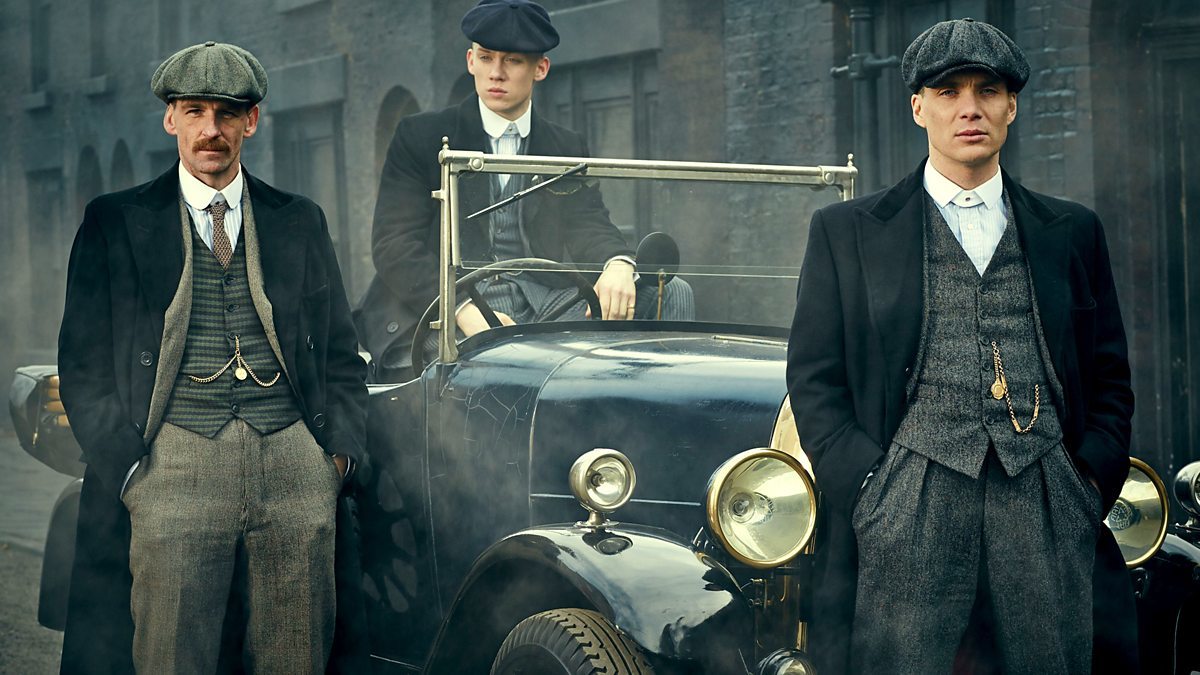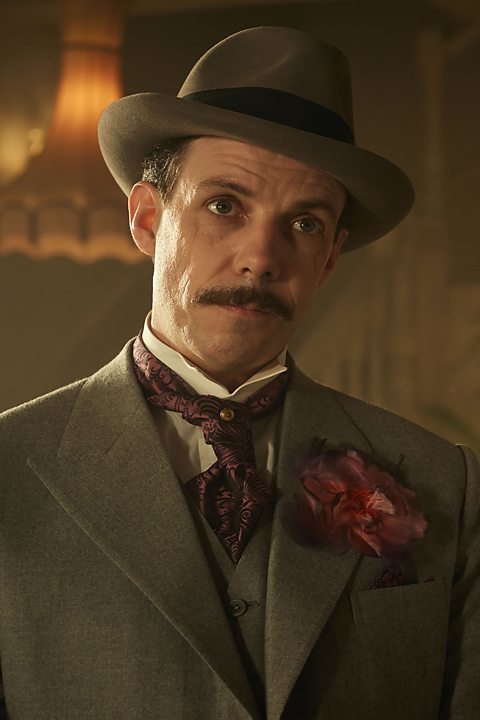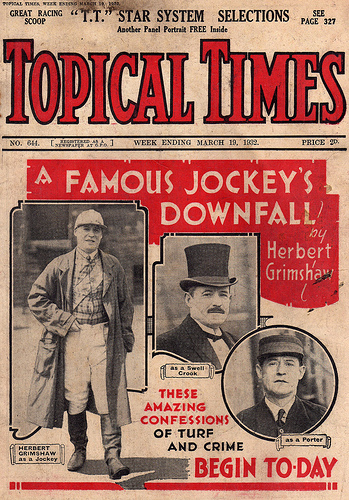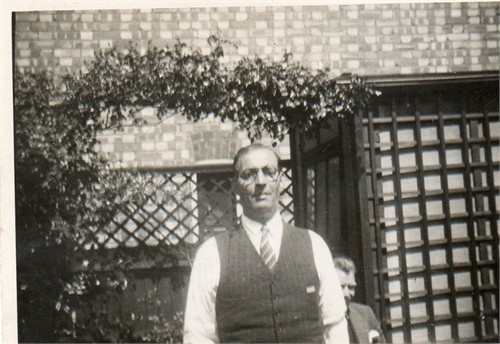
HE is the rival gang leader locked in a violent struggle with Peaky Blinders hero Thomas Shelby.
But in real life, London gangster Darby Sabini’s downfall came at the hands of a more surprising opponent – a weekly newspaper owned by the DC Thomson group.
The TV baddie’s character is based on a real person – Charles “Derby” Sabini.
The hit TV series is named after a Birmingham gang of the late 19th Century, who used to sew razor blades into the peaks of their caps.
Now, Birmingham historian Carl Chinn, author of The Real Peaky Blinders, who runs a Peaky Blinders historical tour, has revealed the sequence of events which lead to Sabini’s downfall.
He said: “Darby Sabini was born in north London. He had an Italian immigrant father and an English mother. He grew up in Clerkenwell Green, the Little Italy of north London.
“He was one of the leading gangsters of the time when there was lot of money to be made from extortion rackets at the race courses.”
Carl said the gangs began as pickpockets, but then moved into extorting money from race course bookies.
Birmingham gangs led by Billy Kimber – a character in the TV series – clashed with the London gangs which were attempting to control the same courses.
“Darby Sabini was involved in a vicious race course war in the spring and summer of 1921. A truce was declared and the Birmingham gang kept the Midlands and the north, while Darby Sabini took over the south.
The gang war flared up again, including a shooting, which brought Sabini to the attention of the Topical Times, a weekly newspaper, owned by DC Thomson, which carried a high sports content.
“In 1924 the Topical Times published an article calling Sabini a gang leader. That lead him to sue them, which was a big mistake.
“They said he was the main leader of a race course gang which threatened bookies with revolvers.”
The paper revealed Sabini’s activities in a first person piece by a gang member, under the headline How We Outwitted A Rival Gang.
On the day of the action Sabini failed to appear because he could not afford the £75 cost of a solicitor, and costs of £775 were awarded against him.
He did not pay and bankruptcy proceedings were commenced.
Mr Chinn added: “In my opinion, after that, he had to take a back seat. The leadership was taken over by his brother Harry Boy.”
It was an extraordinary humiliation for a man whose gangs had once held a grip over the racecourses of southern England.
Sabini moved to Brighton and became a bookie himself.
When Italy entered the Second World War in 1940 he and his brother were interred as enemy aliens, but were subsequently released because they had an English mother. Sabini’s own son died in the war, fighting in the RAF.
In the hit BBC series, Darby was played by actor Noah Taylor.
The fifth season, starring Cillian Murphy as Thomas Shelby, will be shown next year.
The Topical Times was a weekly newspaper, published in Fleet Street, London, from 1919 to 1940 by DC Thomson, owners of The Sunday Post.

Enjoy the convenience of having The Sunday Post delivered as a digital ePaper straight to your smartphone, tablet or computer.
Subscribe for only £5.49 a month and enjoy all the benefits of the printed paper as a digital replica.
Subscribe

